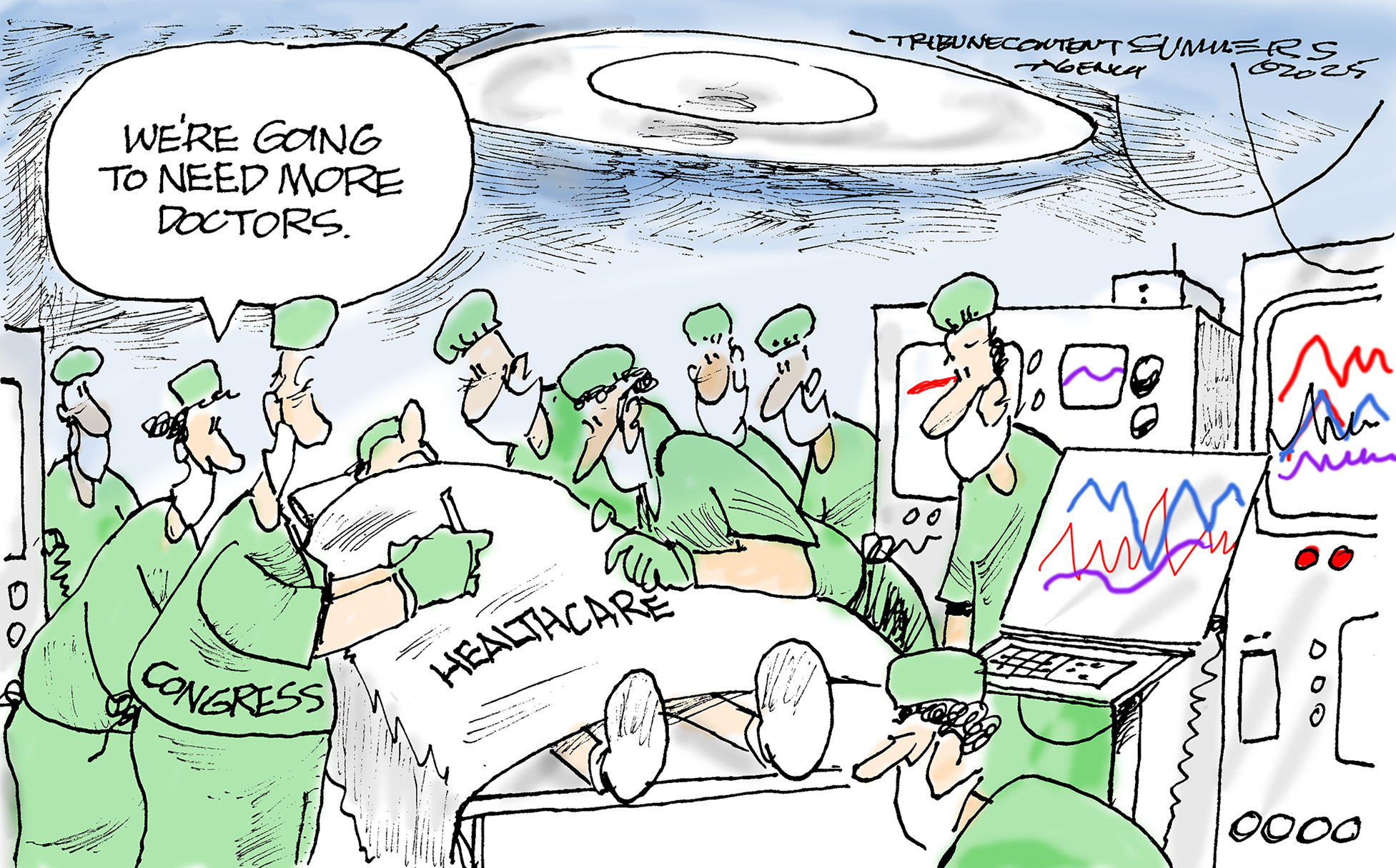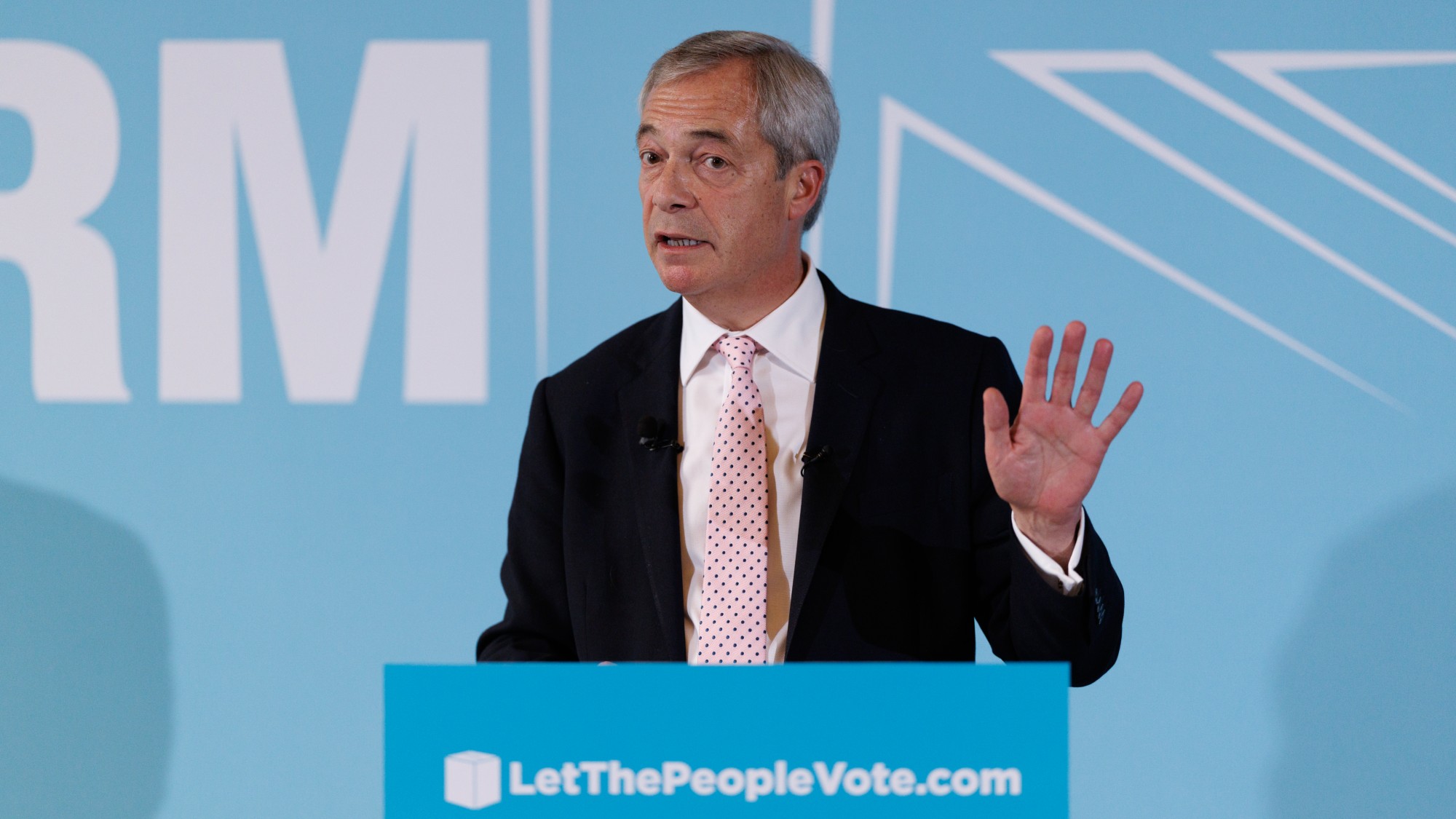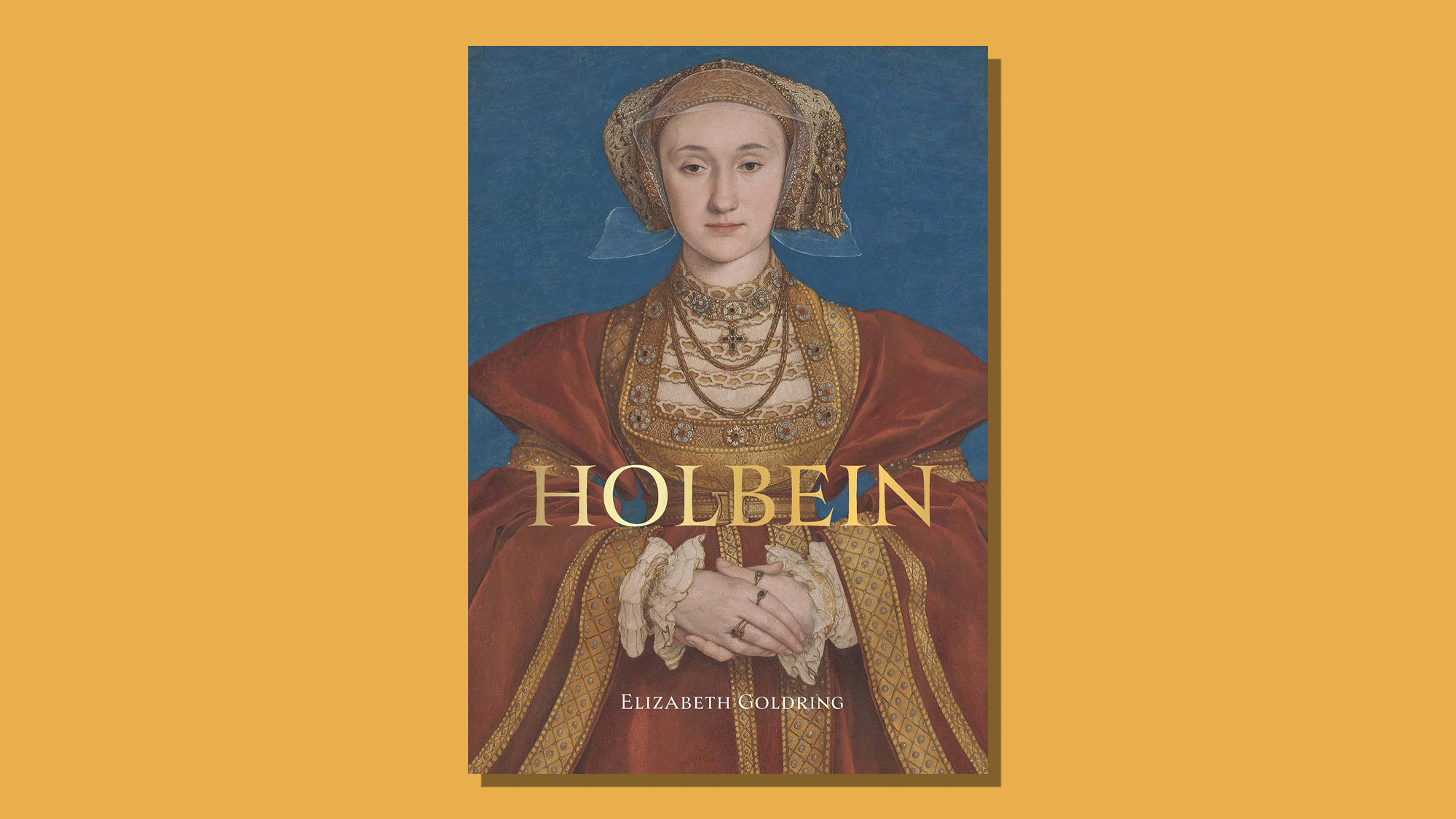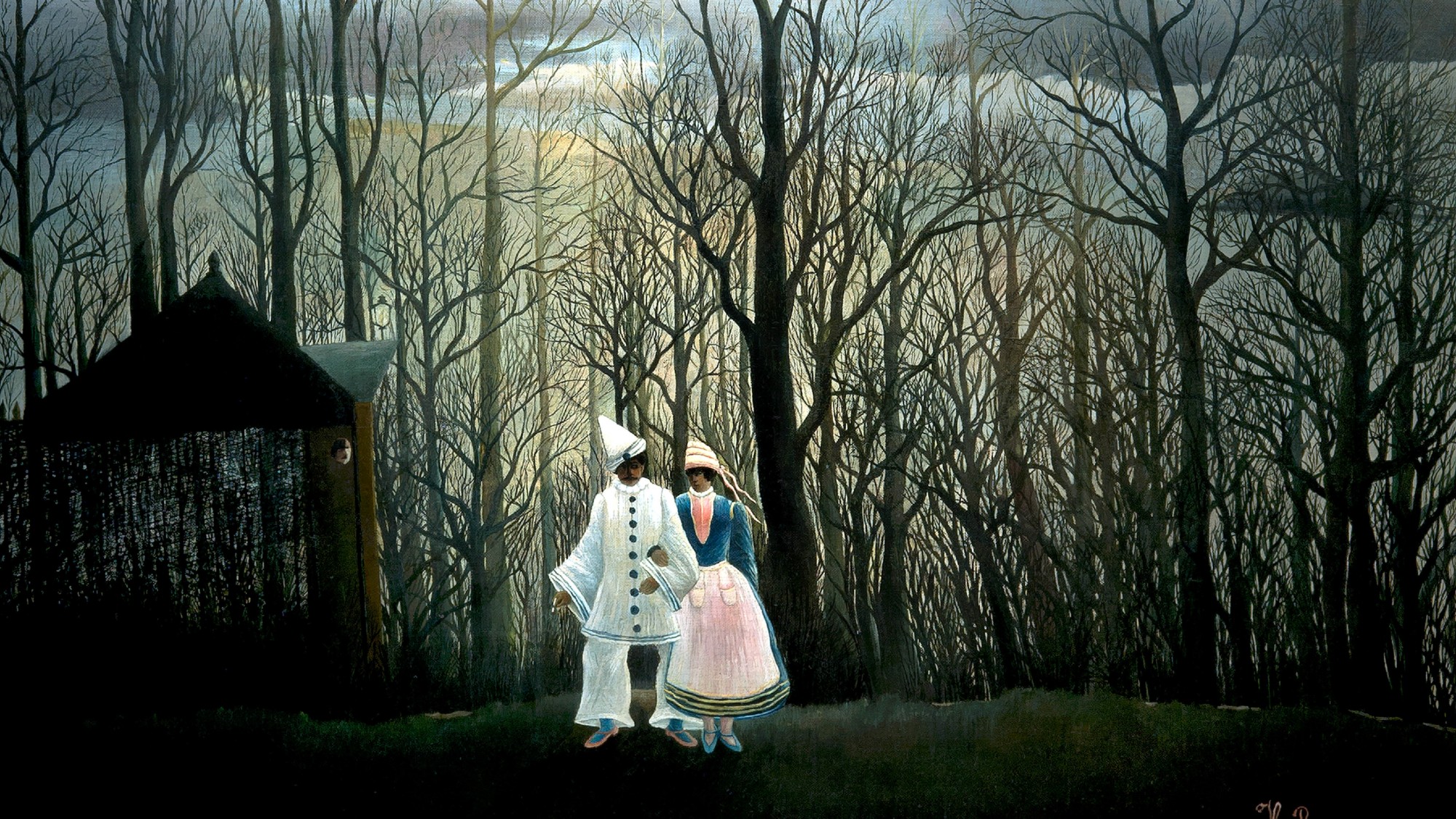Book reviews: 'Face With Tears of Joy: A Natural History of Emoji' and 'Blood Harmony: The Everly Brothers Story'
The surprising history of emojis and the brother duo who changed pop music

'Face With Tears of Joy: A Natural History of Emoji' by Keith Houston
"Emoji blew up right around 2011," said Laura Miller in Slate, and we're lucky they did. So many more of our online text interactions would have led to misunderstandings and arguments without the hearts, smiley faces, and scores of other pictographs we can now call up instantly on our phones. Keith Houston's "breezy, witty" new "natural history" of emoji doesn't oversell their significance. He pushes back against the claim that emoji comprise a language all their own, preferring to call them "insurgents within language." But "his assertion that these little images have become an inextricable part of our culture feels credible," and he makes the most of the subject's entertainment value. In fact, "one of the primary pleasures of Face With Tears of Joy is the opportunity it offers to revisit the online culture of the 2010s, when the internet still felt fun."
The journey of emoji to ubiquity is "more complicated than you might think," said Megan Garber in The Atlantic. Yes, emoji fever took hold in 2011, the year Apple added an emoji keyboard to its iPhones, and the set of emoji we've known since then can be traced back to images created by Japanese engineer Shigetaka Kurita in 1999. But Houston shows that Kurita has been wrongly credited as the inventor of emoji—a word derived from the Japanese for "picture" and "written character"— because even pagers and typewriters sold in Japan in the 1980s gave users access to pictorial characters. When the explosion arrived decades later, things moved fast. By 2015, the world's most popular emoji, the titular "face with tears of joy," was selected by the Oxford English Dictionary as the word of the year, and the Unicode Consortium, a nonprofit charged with maintaining a unified roster of emoji, was clearly scrambling to manage the task. Was adding a choice of skin tones to a thumbs-up emoji more or less racist than providing no choice? And why was there no emoji for a female police officer, or doctor, or lawyer?
"As Houston's fascinatingly geeky history shows, emoji have always been political," said Steven Poole in The Guardian. Fortunately, he also appreciates that people are too creative to get locked in by the intended meaning of any particular emoji. The human skull emoji is now Gen Z's "face with tears of joy," connoting dying of laughter. The upturned thumb is the same cohort's "OK, Boomer." And perhaps we shouldn't be surprised. Houston, after reviewing the history of hieroglyphs and other pictographic characters, "makes the intriguing argument that the age of the mechanical typewriter represented an unusual historical interlude of expressive poverty. Once humans were freed from the unnatural restrictions it imposed, there was bound to be a new flourishing of symbolic play."
The Week
Escape your echo chamber. Get the facts behind the news, plus analysis from multiple perspectives.

Sign up for The Week's Free Newsletters
From our morning news briefing to a weekly Good News Newsletter, get the best of The Week delivered directly to your inbox.
From our morning news briefing to a weekly Good News Newsletter, get the best of The Week delivered directly to your inbox.
'Blood Harmony: The Everly Brothers Story' by Barry Mazor
It goes without saying that between 1957 and 1962, Don and Phil Everly "imprinted themselves into the pop-music canon," said Marc Weingarten in the Los Angeles Times. But why did the brothers then seem to disappear, and where did their pioneering blend of country, rock, and pop come from? Barry Mazor's "rigorously researched" new biography gives the Everly Brothers a "long overdue" close look, and the author proves "quick to refute many of the myths that have accreted around the pair." Yes, Don was born in Kentucky, and he and his younger brother were coached by their guitarist father to perform as a duo from a young age. But the family moved often, exposing young Don and Phil to the sounds of Chicago and, later, Nashville. Their song-writing reflected "a sophisticated grasp of various musical genres."
"Practically from infancy, the brothers sang together with shocking beauty," said Elizabeth Nelson in The Washington Post. Their signature hits, including "Bye Bye Love," "Wake Up Little Susie," and "When Will I Be Loved," combined their lush harmonies with "a rough-hewn twin-guitar sound," and "it didn't hurt that they were preposterously handsome." When they signed a new $1 million record deal in 1960, "their creative and commercial dominion seemed to have no limit." Ironically, though, their fans included the Beatles and the Rolling Stones, and when Beatlemania swept the States in 1964, the Everlys, at just 25 and 27, were suddenly cast as passé.
Already they were abusing amphetamines, and they'd also fallen into "the mother of all brother feuds," said Eddie Dean in The Wall Street Journal. "Both Everlys felt trapped by the brother act they'd been born into," and five years after recording 1968's influential Roots album, they stopped talking to each other altogether. In Blood Harmony, "Mazor strikes a balance between the Everlys' stormy lives and their enduring music," and he finds a heartening coda in the duo's early 1980s reunion, which yielded a minor hit and more than 20 additional years of touring. "Mazor argues convincingly that money was not the motive; the brothers finally realized how much they missed each other."
A free daily email with the biggest news stories of the day – and the best features from TheWeek.com
-
 Political cartoons for December 13
Political cartoons for December 13Cartoons Saturday's political cartoons include saving healthcare, the affordability crisis, and more
-
 Farage’s £9m windfall: will it smooth his path to power?
Farage’s £9m windfall: will it smooth his path to power?In Depth The record donation has come amidst rumours of collaboration with the Conservatives and allegations of racism in Farage's school days
-
 The issue dividing Israel: ultra-Orthodox draft dodgers
The issue dividing Israel: ultra-Orthodox draft dodgersIn the Spotlight A new bill has solidified the community’s ‘draft evasion’ stance, with this issue becoming the country’s ‘greatest internal security threat’
-
 It Was Just an Accident: a ‘striking’ attack on the Iranian regime
It Was Just an Accident: a ‘striking’ attack on the Iranian regimeThe Week Recommends Jafar Panahi’s furious Palme d’Or-winning revenge thriller was made in secret
-
 Singin’ in the Rain: fun Christmas show is ‘pure bottled sunshine’
Singin’ in the Rain: fun Christmas show is ‘pure bottled sunshine’The Week Recommends Raz Shaw’s take on the classic musical is ‘gloriously cheering’
-
 Holbein: ‘a superb and groundbreaking biography’
Holbein: ‘a superb and groundbreaking biography’The Week Recommends Elizabeth Goldring’s ‘definitive account’ brings the German artist ‘vividly to life’
-
 The Sound of Music: a ‘richly entertaining’ festive treat
The Sound of Music: a ‘richly entertaining’ festive treatThe Week Recommends Nikolai Foster’s captivating and beautifully designed revival ‘ripples with feeling’
-
 ‘Furious Minds: The Making of the MAGA New Right’ by Laura K. Field and ‘The Dream Factory: London’s First Playhouse and the Making of William Shakespeare’ by Daniel Swift
‘Furious Minds: The Making of the MAGA New Right’ by Laura K. Field and ‘The Dream Factory: London’s First Playhouse and the Making of William Shakespeare’ by Daniel SwiftFeature An insider’s POV on the GOP and the untold story of Shakespeare’s first theater
-
 Henri Rousseau: A Painter’s Secrets
Henri Rousseau: A Painter’s Secretsfeature Barnes Foundation, Philadelphia, through Feb. 22
-
 Homes with great fireplaces
Homes with great fireplacesFeature Featuring a suspended fireplace in Washington and two-sided Parisian fireplace in Florida
-
 Film reviews: ‘The Secret Agent’ and ‘Zootopia 2’
Film reviews: ‘The Secret Agent’ and ‘Zootopia 2’Feature A Brazilian man living in a brutal era seeks answers and survival and Judy and Nick fight again for animal justice